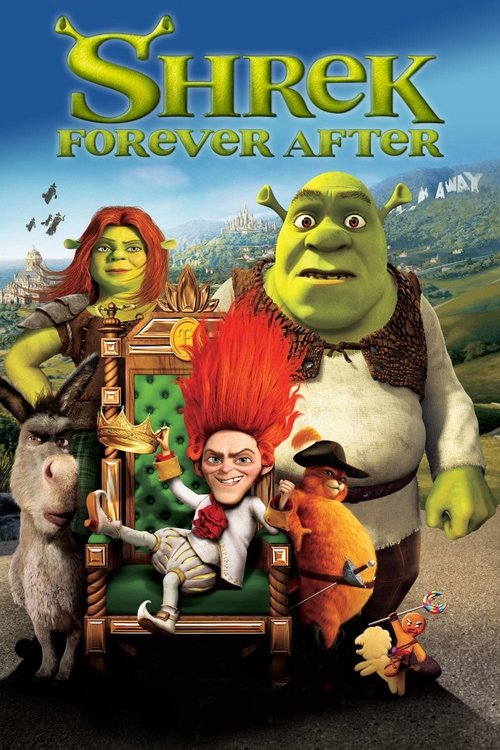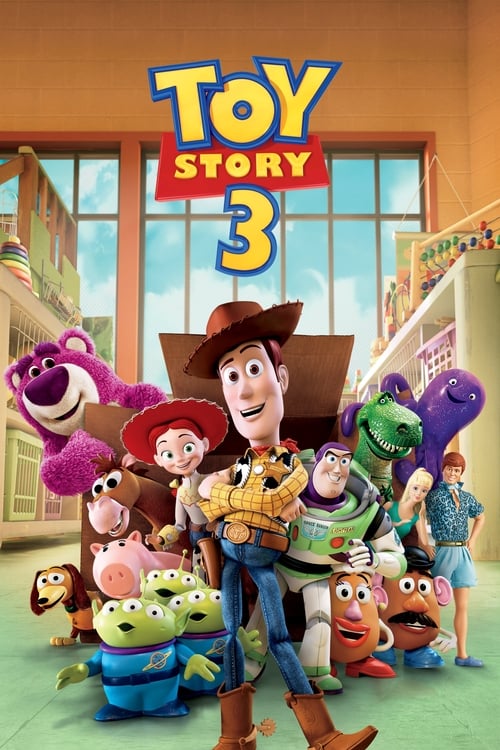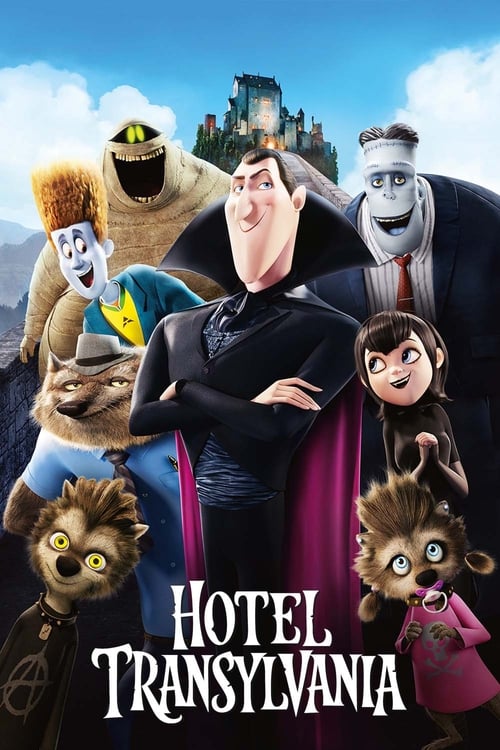
Ask Your Own Question
What is the plot?
The night is thick with an eerie stillness as Ed, an extreme YouTube vlogger known for pushing boundaries, prepares for his most daring stunt yet: ingesting psychedelic drugs and spending a night alone inside a notorious haunted house. It's 2012, and the house--a dilapidated, creaking structure perched on the outskirts of a small town--has a dark reputation whispered about by locals. Ed's camera is rolling as he steps inside, his voice steady but laced with a hint of excitement. "Tonight, I'm diving headfirst into the unknown. No cuts, no edits. Just me, the drugs, and whatever's lurking in here."
The house greets him with groans of old wood and the faint scent of decay. Shadows stretch across peeling wallpaper, and the flicker of his flashlight dances on cracked mirrors and dusty furniture. Ed sets up his gear in the living room, the heart of the house, and swallows the psychedelic concoction he's brewed--an intense mix designed to heighten perception and break down mental barriers. As the drugs begin to take hold, the atmosphere thickens; the air feels charged, almost alive.
Suddenly, the first unsettling event unfolds. The temperature drops sharply, Ed's breath visible in the cold air. A distant whisper echoes through the halls, unintelligible but unmistakably human. Ed's eyes widen as he murmurs, "Did you hear that? This is real." The camera captures a fleeting shadow darting past a doorway. His heart races, but adrenaline fuels his determination.
As Ed wanders deeper into the house, the psychedelic effects warp his senses. Walls seem to pulse, colors bleed into one another, and the boundary between reality and hallucination blurs. In a narrow hallway, he encounters a spectral figure--a translucent woman with hollow eyes and a mournful expression. She reaches out, lips moving silently. Ed, trembling, whispers, "Who are you?" The apparition's eyes flash with anger before vanishing, leaving a chilling silence.
The night grows darker, and the hauntings escalate. Doors slam shut with violent force, trapping Ed momentarily in a claustrophobic room. He pounds on the door, shouting, "Let me out!" The camera shakes wildly, capturing his panic. When the door finally creaks open, Ed stumbles into the kitchen, where the lights flicker erratically. On the wall, a message scrawled in what looks like blood reads, "Leave now or die."
Ed's bravado begins to crack as he realizes the malevolence here is not just a trick of the mind. He tries to call for help, but his phone is dead. The house seems to feed on his fear, twisting his visions into nightmarish forms. In the basement, he finds a collection of old photographs showing previous victims--faces distorted in terror. Among them is a man with cold, dead eyes: the house's original owner, Edgar Mullins, whose dark legacy haunts the place.
Suddenly, the basement door slams shut behind Ed. He's trapped. The air grows suffocating, and the walls close in. A guttural voice echoes, "You shouldn't have come here." Ed's flashlight flickers out, plunging him into darkness. In the pitch black, unseen hands grip him tightly. He screams, "No! Get off me!" The camera falls to the floor, lens cracked, capturing only muffled sounds and frantic breathing.
Hours later, the police arrive, responding to a distress call from Ed's last known location. They find the house empty, save for the broken camera and Ed's abandoned backpack. No sign of Ed himself. The investigation reveals that Ed's disappearance mirrors those of past victims, all linked to Edgar Mullins' cursed house.
As dawn breaks, the house stands silent once more, waiting for its next visitor. Ed's fate remains a chilling mystery--his last moments recorded in fragmented footage, a testament to the horrors lurking within.
This is the full, harrowing story of Ed's ill-fated night in the haunted house, where every shadow hides a secret, every whisper a warning, and the line between life and death is terrifyingly thin.
What is the ending?
In the ending of "Haunt Ed," the main character, Ed, confronts the supernatural forces haunting his home. After a series of terrifying encounters, he ultimately faces the source of the haunting, leading to a climactic resolution that reveals the truth behind the spirits. The film concludes with Ed finding a sense of closure, but the lingering effects of the haunting leave a lasting impact on him.
Expanding on the ending in a detailed narrative:
As the final act unfolds, Ed stands in the dimly lit living room of his haunted house, the air thick with tension. Shadows flicker across the walls, and the whispers of the spirits grow louder, echoing the pain and sorrow they carry. Ed, driven by a mix of fear and determination, clutches a flashlight, its beam cutting through the darkness as he searches for answers.
In a pivotal scene, Ed discovers an old journal hidden beneath the floorboards. The pages are yellowed and fragile, filled with the desperate writings of a previous occupant who had also faced the malevolent forces. As he reads, Ed's expression shifts from confusion to understanding; the journal reveals the tragic history of the house and the spirits trapped within it. They are not merely vengeful entities but lost souls seeking resolution for their untimely deaths.
With newfound resolve, Ed decides to confront the spirits directly. He gathers items that belonged to the previous residents, hoping to offer them a sense of peace. In a hauntingly emotional moment, he sets up a small altar in the center of the living room, placing the items carefully as he speaks softly to the spirits, acknowledging their pain and inviting them to move on.
As he finishes, the atmosphere in the room changes. The temperature drops, and a soft glow begins to emanate from the corners of the room. Ed feels a rush of energy, and the spirits begin to materialize before him, their faces a mix of sorrow and relief. In this climactic moment, Ed realizes that he is not just a victim of the haunting; he is a catalyst for healing.
The spirits, one by one, express their gratitude, their forms becoming less defined as they begin to ascend, leaving behind a sense of calm. Ed watches, tears in his eyes, as the last spirit--a young girl--smiles at him before disappearing into the light. The room, once filled with dread, now feels serene, the oppressive weight lifted.
In the aftermath, Ed stands alone in the now-quiet house, the remnants of the haunting fading into memory. He takes a deep breath, feeling a sense of closure wash over him. The experience has changed him; he is no longer just a man haunted by his past but someone who has faced his fears and helped others find peace.
As the film draws to a close, Ed steps outside into the sunlight, a stark contrast to the darkness he had endured. He looks back at the house, a bittersweet smile on his face, knowing that while the haunting is over, the lessons learned will stay with him forever. The camera pulls away, revealing the house in its newfound tranquility, a symbol of healing and redemption.
The fate of each main character is intertwined with this resolution. Ed emerges transformed, having faced his fears and helped the spirits find peace. The spirits, once trapped in anguish, are finally free, their stories acknowledged and their pain released. The film ends on a note of hope, emphasizing the power of understanding and compassion in the face of fear and loss.
Is there a post-credit scene?
In the movie "Haunt Ed," produced in 2012, there is indeed a post-credit scene that adds an intriguing layer to the story. After the credits roll, the screen fades back in to reveal a dimly lit room filled with old, dusty furniture and cobwebs. The atmosphere is thick with an eerie silence, broken only by the faint sound of creaking wood.
In this scene, a figure is seen rummaging through the remnants of what appears to be a long-abandoned haunted house attraction. As the camera pans closer, it becomes clear that this figure is a new character, a curious young woman with a determined look in her eyes. She is holding a flashlight, its beam flickering as she explores the space, illuminating various props and decorations that hint at the dark history of the place.
Suddenly, she stumbles upon a hidden door slightly ajar, revealing a staircase leading down into darkness. The woman's expression shifts from curiosity to apprehension, her breath quickening as she contemplates whether to descend. Just as she takes a step forward, a chilling whisper echoes through the room, sending shivers down her spine. The scene cuts to black, leaving the audience with a sense of foreboding and the implication that the haunting is far from over.
This post-credit scene serves to tease potential future developments and deepens the mystery surrounding the haunted location, inviting viewers to ponder the fate of the new character and the lingering spirits that inhabit the space.
What motivates Ed to explore the haunted house?
Ed is driven by a mix of curiosity and a desire to confront his fears. He has always been fascinated by the supernatural, and the haunted house represents a challenge that he feels compelled to face. His internal struggle is evident as he grapples with his past experiences and the fear of the unknown.
How does Ed's relationship with his friends evolve throughout the film?
Initially, Ed's friends are skeptical of his obsession with the haunted house, leading to tension and conflict. As they venture into the house together, their bond is tested by fear and the supernatural events they encounter. Ed's determination to prove the existence of ghosts ultimately brings them closer, but also strains their friendship as they confront their own fears.
What specific supernatural events occur in the haunted house?
Throughout the film, Ed and his friends experience a series of chilling supernatural occurrences, including disembodied voices, moving objects, and ghostly apparitions. These events escalate in intensity, creating a palpable sense of dread and forcing the characters to confront their own beliefs about the paranormal.
What is the significance of the backstory involving the previous inhabitants of the house?
The backstory of the previous inhabitants serves as a crucial element that adds depth to the haunted house's lore. It reveals tragic events that occurred within its walls, including loss and betrayal, which contribute to the malevolent presence haunting the house. This history not only heightens the stakes for Ed and his friends but also provides insight into the emotional weight of the supernatural occurrences.
How does Ed's character change by the end of the film?
By the end of the film, Ed undergoes significant character development. Initially portrayed as a curious but naive individual, he emerges from the harrowing experiences with a deeper understanding of fear and courage. The trials he faces force him to confront his own vulnerabilities, leading to a newfound resilience and a more profound appreciation for his friendships.
Is this family friendly?
"Haunt Ed," produced in 2012, is a horror-comedy film that may not be considered family-friendly due to its themes and content. Here are some potentially objectionable or upsetting aspects that could affect children or sensitive viewers:
-
Supernatural Elements: The film features ghosts and hauntings, which may be frightening for younger audiences or those sensitive to horror themes.
-
Scary Imagery: There are scenes that include jump scares and unsettling visuals that could provoke fear or anxiety.
-
Dark Humor: The film employs dark comedy, which may not be suitable for all viewers, particularly children who may not understand the nuances of the humor.
-
Mild Language: There may be instances of mild profanity or suggestive language that could be inappropriate for younger viewers.
-
Violence: While not excessively graphic, there are moments of implied violence or peril that could be distressing.
-
Emotional Tension: Characters experience fear, anxiety, and conflict, which may resonate with sensitive viewers and evoke strong emotional responses.
Overall, "Haunt Ed" contains elements that could be unsettling for children and those who are sensitive to horror or dark themes. Viewer discretion is advised.






















